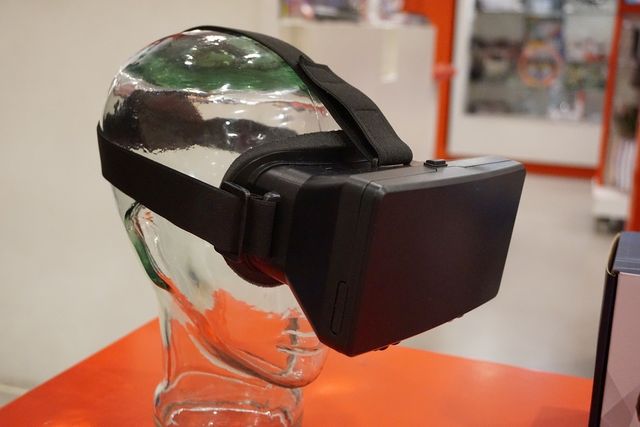
Discussing positives of virtual reality and its potential place within mining in the future.
It’s a brilliant idea in theory — helping workers learn new skills using virtual reality programs.
A study completed back in 2014 regarding “learning styles” concluded that 50 percent of students learn best kinaesthetically (that is, by “doing”), 40 percent learn best visually (by watching) and 10 percent learn best through auditory teaching (by listening.) In the mining sector we’re ideally looking for someone who learns best with all three methods. That is, they have the ability to listen, watch and then do.
Take Tradesmen — the group we often employ as apprentices based on their mechanical aptitude and quantifiable industrial skill-sets. Tradesmen would typically fall under the “kinaesthetic learners” category. After all, they tend to learn about mechanics of electronics, for example, by “having a go.”
Now, in the mining sector we obviously can’t just send a 17-year-old underground and say “Mate, go have a go at fixing that Bogger”. There are safety protocols and Government regulations that ensure the safety of all of our miners. But what if we could do exactly that, while keeping everyone completely safe?
This is where virtual reality comes in
The School of Mining Engineering in Sydney is one of the first education institutions in Australia to use a “VR Simulator” in their training schedules, in a bid to “step away from the textbook.” In one training module, they provide “real-time” examples of situations Engineers may face once they’re out in the industry. For example, they can walk through 360-degree panoramas and undertake feasibility testing of the Ranger Mine in Kakadu National Park.
The way I see it, we are giving these future Mining Engineers the ability to assess the feasibility and design of our open-pit and underground mines within a safe and controlled environment, based on years of imported research into practicality, safety and feasibility studies completed worldwide. And all with just the click of a button.
Is there a place for VR in the training of our future Tradies?
We can all see that we’re moving towards a future where our lives revolve around technology. Statistically speaking, there wouldn’t be many people throughout the “first world” without a smartphone. Perhaps one positive we can take from all of these advancements in technology is to utilise our personnel’s fundamental learning capabilities and allow them to complete certain training and practical experiences within a “virtual reality?”
Written by Samantha McCarthy